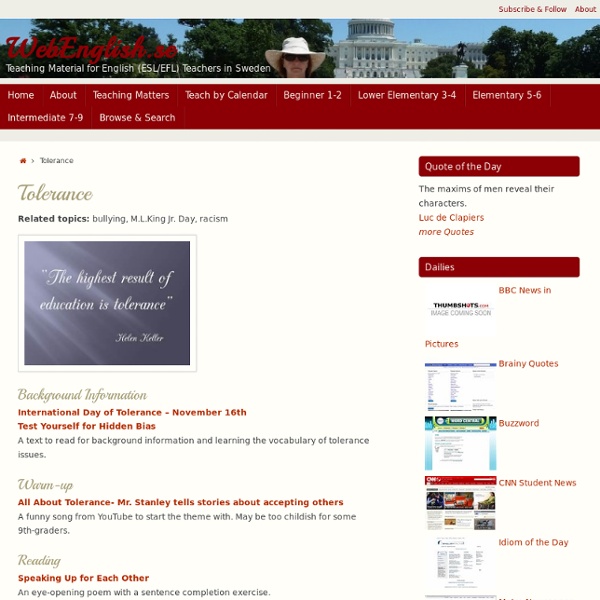



Summarising The post about summarising Last week, I wrote my first post about academic writing. My focus then was on addressing plagiarism and helping learners develop strategies that will enable them to paraphrase information in order to integrate sources into their own writing and then cite it (you can read that post here). Another writing skill your students need to develop is summarising. In fact, in academic writing summarising information found in a source is as important as paraphrasing or reformulating. A summary that is not paraphrased/ reformulated well may lead to plagiarism, a paraphrase that is too long may lead to word count problems etc. One step at a time Here are some tips on how to get your students to summarise information they found in a source in order to use it to either synthesise information or integrate sources into their own writing (teaching tip: get them to paraphrase/reformulate first and then summarise). Sentence frames: So, now they understand what a summary is.
7164-706-1 The EFL SMARTblog: Describing photos (comparing, contrasting and speculating) You are going to practise language for; Describing photosComparing and contrasting photos (discussing similarities and differences)Speculating on what might be happeningReacting to photos (giving opinions) Discuss Look at the presentation. Follow the instructions and talk about some of the photos Write The language used here for comparing and contrasting / speculating is also useful for writing discussion / argument essays. Plan: Introduction - describe the situation / topic to be discussedCompare / contrast ideas (for and against / advantages and disadvantages)Speculate on solutions to problems raised by the questionConclusion - give an opinion Which pairs or groups of photos in the presentation could be used to demonstrate ideas for argument writing topics about education, technology, food, family, work, leisure, health, advertising etc? More Practice on May / Might / Could / Must / Can't
Educational Technology and Mobile Learning: 7 Important Tips for Providing Effective Feedback to Your Students March 20, 2014 Feedback is an essential element in the teaching/learning process. Through feedback students get to know how they are doing in their learning and through it too teachers learn about the usefulness of their teaching strategies and what should or should not change. However, the power of feedback as a pedagogical aid resides in knowing when and how to provide it to learners. As Jam Chappuis argues, " effective feedback occurs during the learning, while there is still time to act on it." This wonderful visual is found on inservice.ascd.org
Roar – Katy Perry – ESL lesson plan | Anna Edu The song “Roar” perfectly fits the topic of gender roles/stereotypes, feminism. Besides, it’s a great source of idioms, set expressions and phrasal verbs. That’s how I would use it in class. 1. 1. 2. 3. 4. 5. in ESL lesson plans by Anna Quick fix till språkutvecklande undervisning Nä, någon quick fix finns tyvärr inte men för oss som gillar checklistor så har Pauline Gibbons skrivit några bra checklistor som jag tänkte visa er. Checklistorna kommer från hennes böcker Stärk språket stärk lärandet och Lyft språket lyft tänkandet. Jag fick en fråga från Sara Bruun om hur man kan arbeta mer språkutvecklande inom engelskundervisningen och då kom jag och tänka på Pauline Gibbons checklistor. Den ena handlar om att i undervisningen få variation och balans mellan att tala, lyssna, läsa och skriva och den andra handlar om fem steg att öka språkmedvetenheten i ämnesundervisningen. Den sista jag tänkte visa er handlar om fem steg för planering av ett språk- och kunskapsutvecklande arbetsområde. Skolverket har också tagit fram en checklista som kan vara användbar: Checklista för språk- och kunskapsutvecklande undervisning.
EFLshorts | Short stories for EFL learners Hur kan jag stötta NO-lärare att arbeta mer språkutvecklande? Frågan dök upp på Facebook ikväll, ställd av Malin Runering, och jag ägnade lite tid åt att svara och tipsa om lite lästips och annat. Annika Sjödahl tyckte att svaret skulle passa bra som ett blogginlägg och det har hon självklart helt rätt i så här kommer det: Vilka språkliga krav ställer kunskapskraven? Ja, hur kan man stötta NO-lärare att arbeta språkutvecklande? Skolverkets stödmaterial Skolverket har arbetat fram ett stödmaterial som handlar om språk- och kunskapsutvecklande arbetssätt och de delar som handlar om språkutvecklande arbetssätt inom naturvetenskapliga ämnen och teknik finns samlat på en och samma sida. Planera språkutvecklande Jag har vid ett flertal tillfällen planerat tillsammans med ämneslärare och försökt hjälpa till att hitta språket i ämnet och dessa Pauline Gibbons-frågor är en bra utgångspunkt:Vilken språknivå ligger mina elever på? Att diskutera Skolverkets kommentarmaterial Få syn på språket är intressant att ha som "bokcirkel". Filmer Lästips Börja i läroplanen
Mystery Digest - Two Minute Mysteries Infographic: prepositions of time Today’s infographic shows you how we use the prepositions in, on and at with different time phrases. There are examples to help you clearly understand how we use these prepositions in different situations. I used Piktochart to design the infographic and Bitstrips for the cartoons. You can download the original, full size image here (800×2950). Additionally, there are a number of share and embed options available from Flickr here. Finally, you can share the image using the QR code on the right. Regler i klassrummet knutna till lärande och utveckling... ...istället för "ording och reda" - regler knutna till vett, etikett och uppförande.. Malin